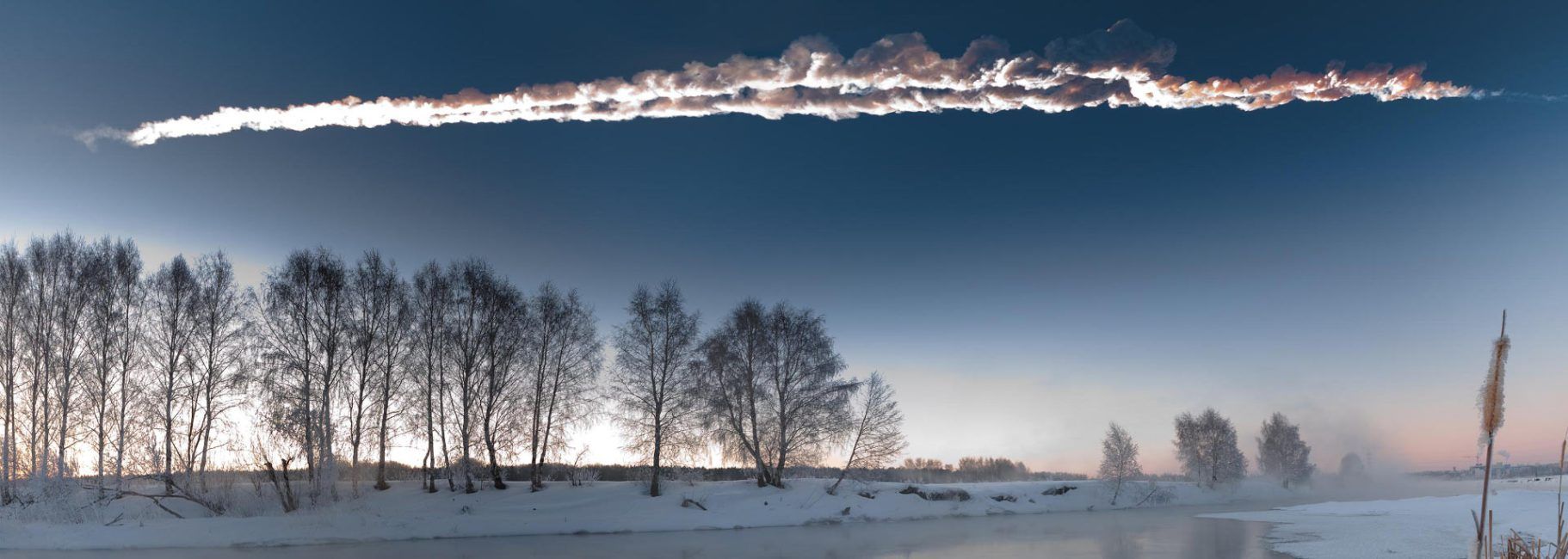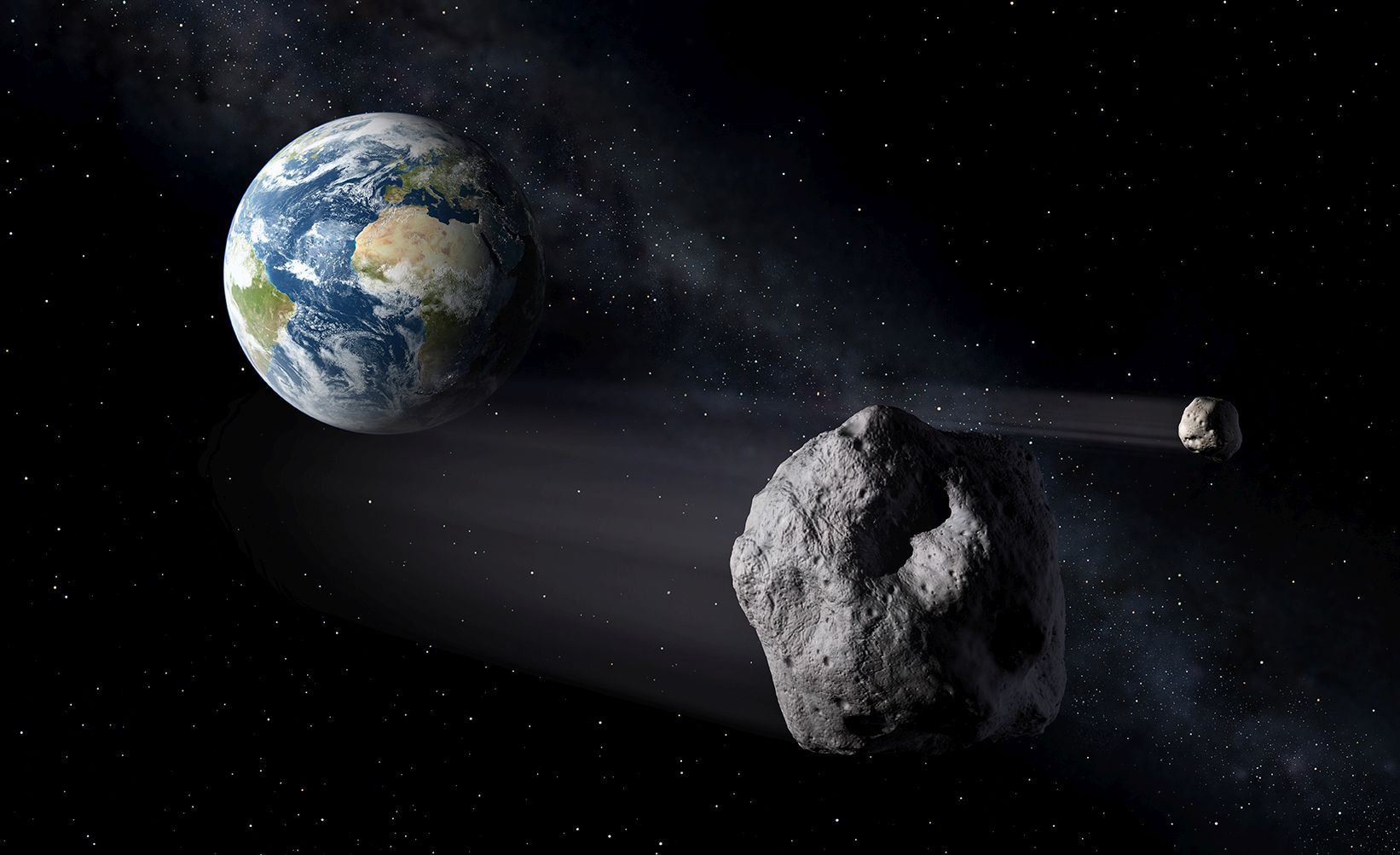Celebrate Asteroid Day on 30 June!
On 30 June 1908, 110 years ago, an asteroid measuring 40-metres across hit the Earth! It exploded in the air over an area called Tunguska, in Siberia. Luckily, Tunguska is very remote, and it is thought that nobody died. However, 80 million trees – covering an area similar in size to Greater London – were knocked down! The Tunguska Event was the biggest impact Earth has experienced in recent history. To mark this occasion, 30 June every year is known as Asteroid Day.
Asteroid Day is a great opportunity to think about these rocks in outer space, and how they can help – and may harm – us. Since 2009, ESA has been leading efforts to hunt for asteroids and comets that may be dangerous to us. These are called near-Earth objects, or NEOs for short, because their orbits in space bring them close to Earth, and so there is a risk that we could collide.

This photo shows some of the trees that were knocked down by the asteroid that exploded over Tunguska in 1908
To help, ESA is currently working on advanced telescopes that can scan large areas of the sky, completing a survey every 48 hours. If any NEOs are close by, then we will have a better chance of spotting them. ESA also helps to connect astronomers all around the world together in a programme called Space Situational Awareness, as the more eyes and telescopes we have searching for NEOs, the better!
ESA is working on ways to protect Earth in case an NEO does get too close. The Hera mission, set to launch in 2023, will observe the asteroid Didymos to see how its direction is changed when a probe is crashed into it. This will show us how to deflect asteroids on a collision course with Earth.
Asteroids aren’t all dangerous – they can be helpful to us. This is because they contain materials and resources that one day we may be able to collect to use here on Earth, or to help us expand further out into space. Asteroids also help us to learn about conditions in space a long time ago, back when the Solar System was very young.
Each year, Asteroid Day activities are broadcast live across the globe with a packed programme that brings together astronauts, rock stars and scientists. Clever ways of clearing NEOs from Earth’s orbit will be discussed too! Hundreds of events take place each Asteroid Day, and so far 78 countries have hosted concerts, workshops, lectures, and much more.

In 2013 a small asteroid entered Earth’s atmosphere over the city of Chelyabinsk in Russia
Would you like to run an activity to celebrate Asteroid Day? What exciting ideas do you have?
Cool fact: The Tunguska asteroid was travelling at more than 100 000 kilometres per hour when it exploded!
Last modified 01 June 2023





